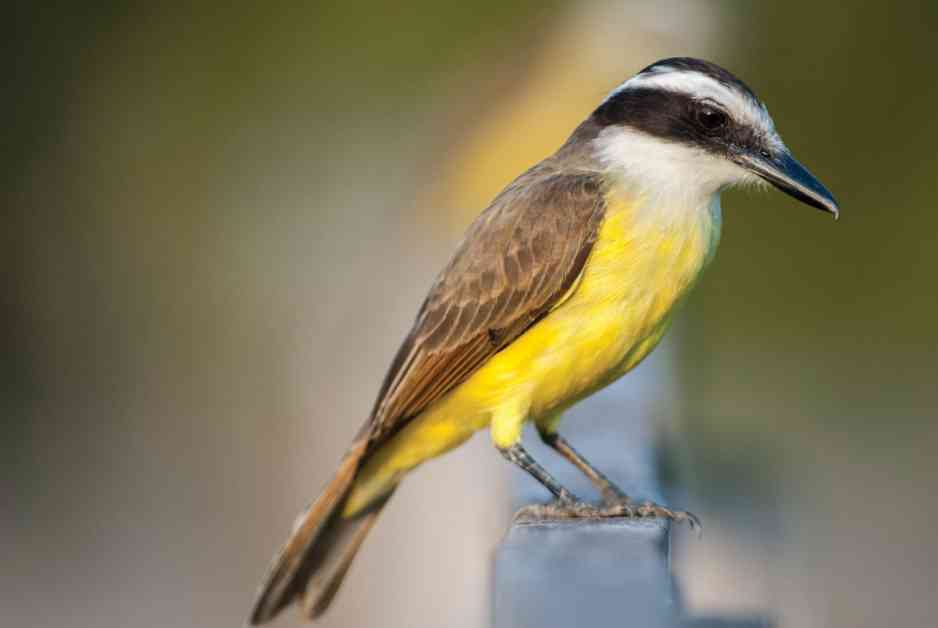Birds, like humans and other animals, may also dream while they sleep. Recent research conducted by University of Buenos Aires physicist Gabriel B. Mindlin focuses on the connection between birds’ dreams and their song production. Specifically, the study looked at Zebra Finches and Great Kiskadees, two bird species known for their singing abilities.
When birds fall asleep, they often exhibit movements that resemble singing or lip-syncing. By implanting electrodes in the brains of sleeping birds, researchers were able to monitor and compare neuron and muscle activity during sleep. The results showed that Zebra Finches, known for their ability to learn new songs, displayed fragmented and sporadic muscle movements while sleeping. This behavior is similar to practicing a musical instrument, according to Mindlin.
On the other hand, Great Kiskadees, which have limited song-learning capabilities, exhibited different sleeping patterns. Their synthesized sleeping tune consisted of quick, loud, and aggressive note syllables, reminiscent of a nightmare rather than a dream. Additionally, these birds often combined their movements with threatening displays of head feathers, similar to their behavior during territorial disputes while awake.
The study’s co-author, neuroscientist Ana Amador, highlights the importance of listening to sleeping songbirds to gain insight into their waking behavior and potentially uncover links to dreaming. This research is akin to solving a mystery in a detective novel, Amador notes.
While the findings align with previous observations of birds’ brain activity during sleep, University of Chicago neuroscientist Daniel Margoliash advises caution in labeling this activity as “dreaming.” He suggests further investigation into the different sleep states experienced by birds, including rapid eye movement (REM) sleep, which is commonly associated with dreaming in other animals.
Understanding the nuances of birds’ sleep patterns and the potential connection to dreaming could provide valuable insights into avian behavior and cognitive processes. As researchers continue to delve into this fascinating area of study, new discoveries may shed light on the mysteries of bird dreams and their impact on song production.










